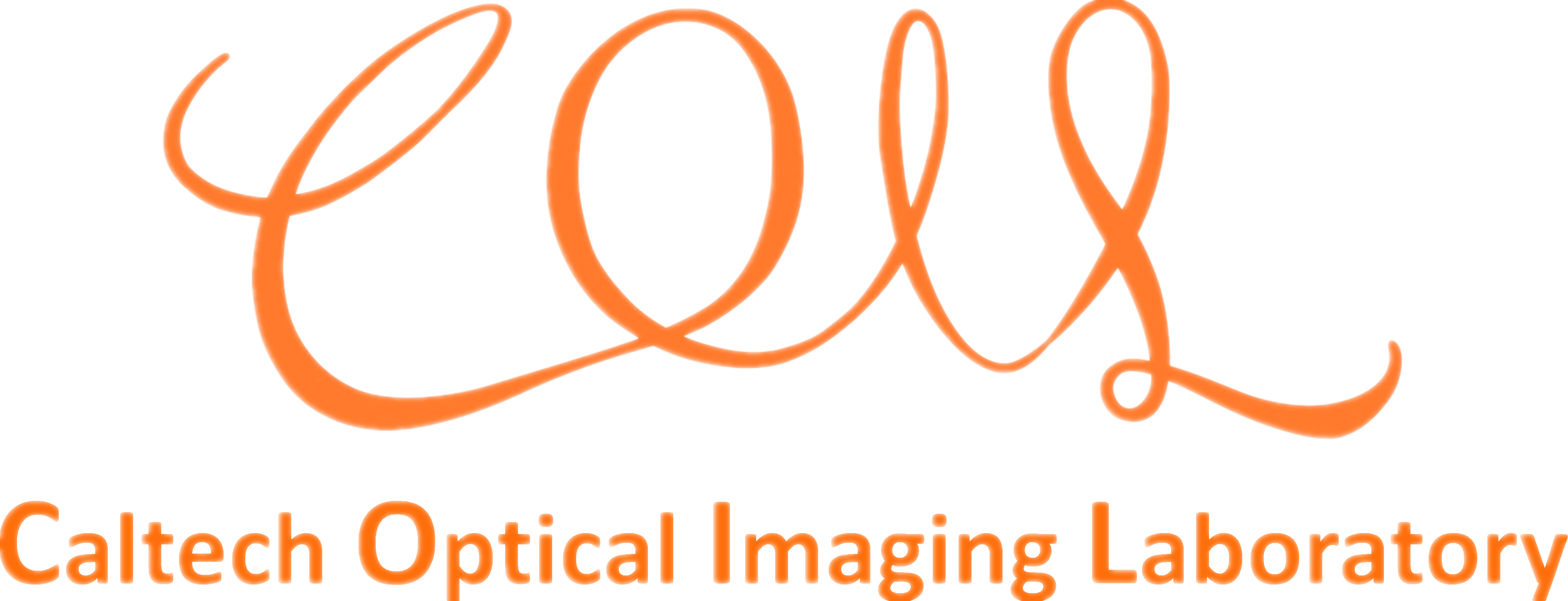
 |
|||||
|
Current Research Directions: Previous Research Directions: We develop novel biophotonic tomographic technologies for early-cancer detection and functional imaging, using non-ionizing electromagnetic and ultrasonic waves. Unlike ionizing x-ray radiation, non-ionizing electromagnetic waves, such as optical and radio waves, pose no health hazard and at the same time reveal rich contrast mechanisms. Unfortunately, electromagnetic waves in the non-ionizing spectral region do not penetrate biological tissue in straight paths as x-rays do. Consequently, high-resolution tomography that is based on non-ionizing electromagnetic waves alone, as demonstrated by confocal microscopy, two-photon microscopy as well as optical coherence tomography, is limited to superficial imaging within about one optical transport mean free path (~1 mm) of the surface of biological tissue. Ultrasonic imaging, by comparison, provides fine image resolution but has strong speckle artifacts and has no molecular contrast. We have developed ultrasound-mediated imaging modalities by combining electromagnetic and ultrasonic waves synergistically to overcome the above problems. The hybrid modalities yield speckle-free images with high electromagnetic contrast at high ultrasonic resolution in relatively large volumes of biological tissue. Please visit the Research pages to see the specific technologies that we develop. |
|||||||||||||||||||||
|
Last updated
2023. |
||||||||||||||||||||||